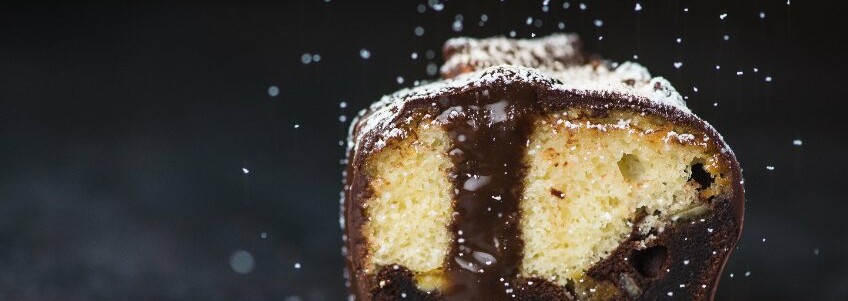
Sugar is one of the absolutely essential bakery ingredients for just about any baked good. First and foremost, it adds that flavor all us sweet tooths love. Yet it is so much more than just a sweetener with many key uses in baked goods.
Sugar functions in baking as:
- Food for yeast: during fermentation to produce alcohol and CO2 gas to leaven dough
- Humectant: through its hygroscopic nature
- Creaming & tenderizing agent: works as an aerator in batter systems
- Shelf-life improver: by binding free water and reducing water activity (natural preservative)
- Freeze-point depression
- Texturizer: as a mouthfeel improver
- Color and flavor improver: through browning reactions like Maillard and caramelization
- Foaming agent: along with egg whites in sponge cakes
- Bulking agent
The most common type is table sugar or sucrose. However, there are many forms and varieties, including dry and liquid. The U.S. definition of sugar includes all monosaccharides (fructose, galactose and glucose) and disaccharides (sucrose, maltose and lactose).
What kind does your product need?
Find application tips for sugar in cakes, breads and buns on our page!

